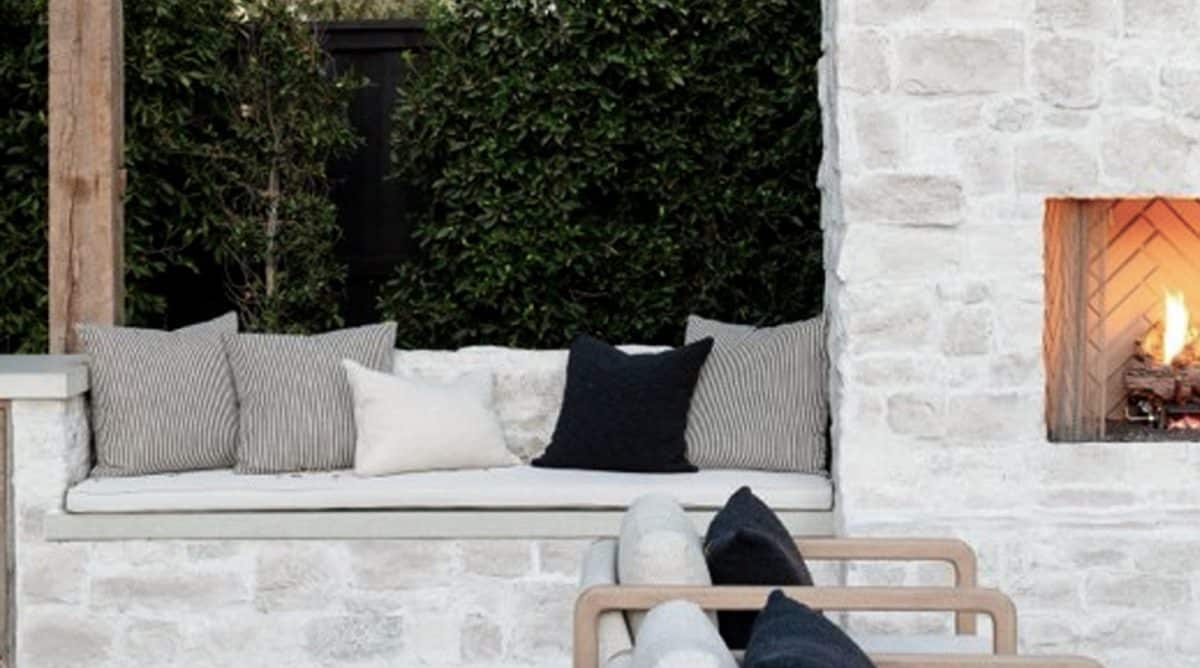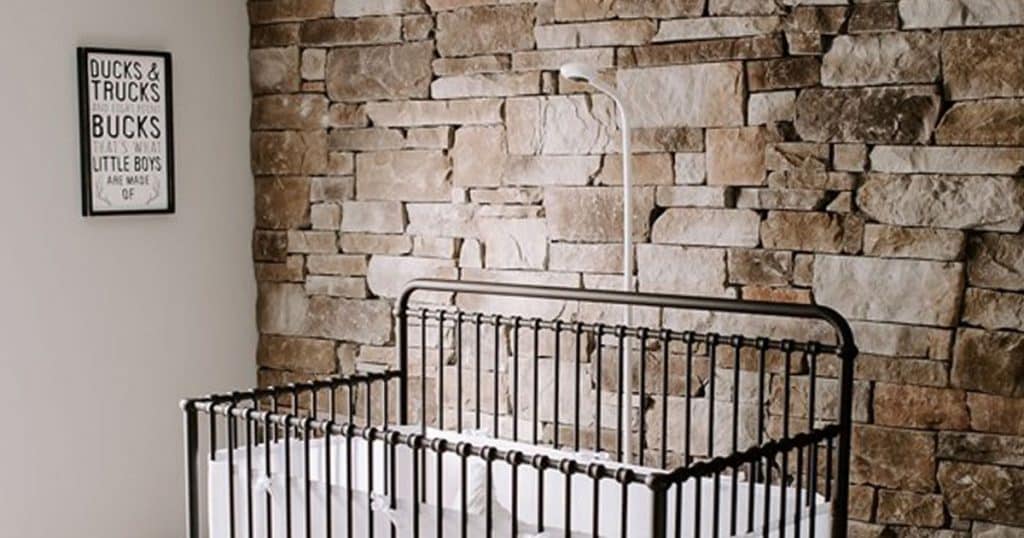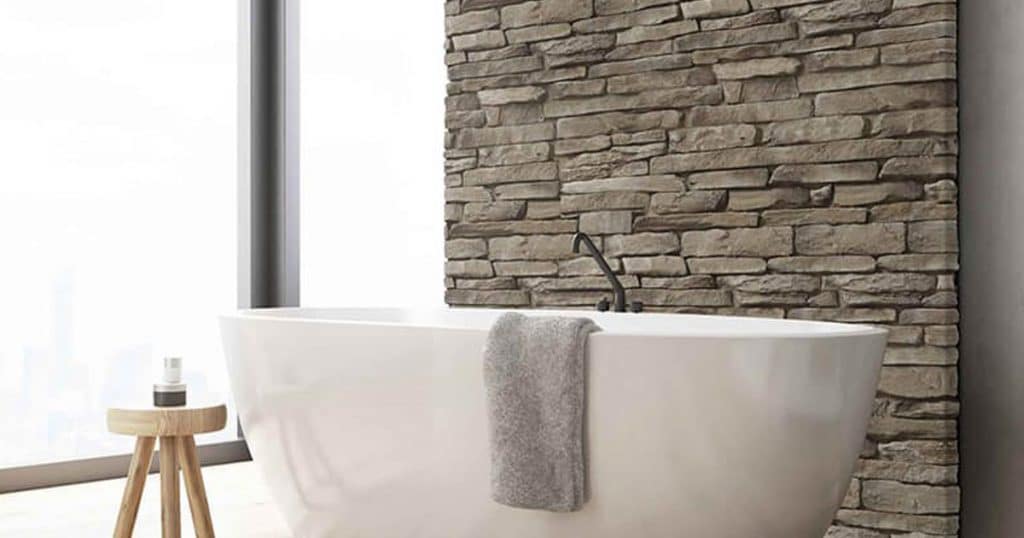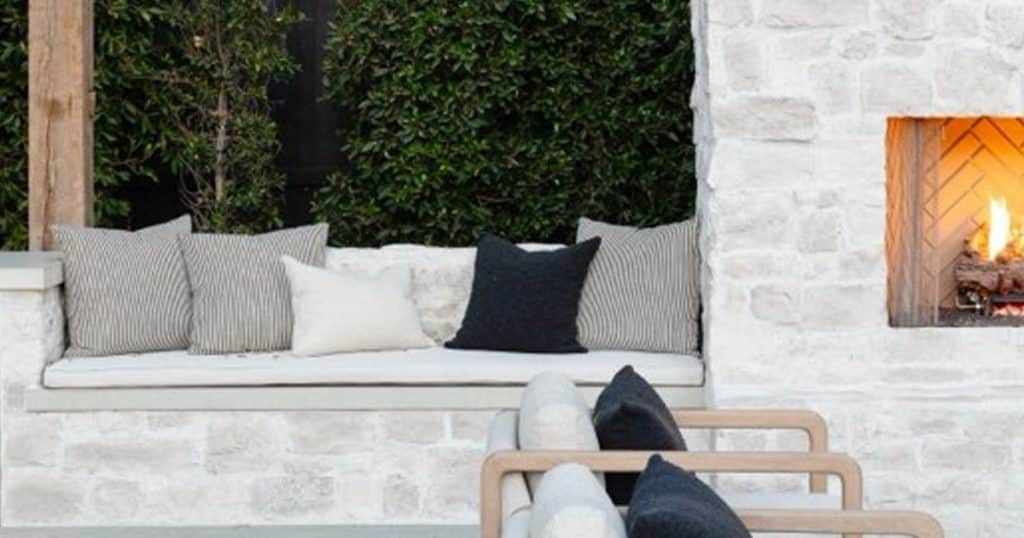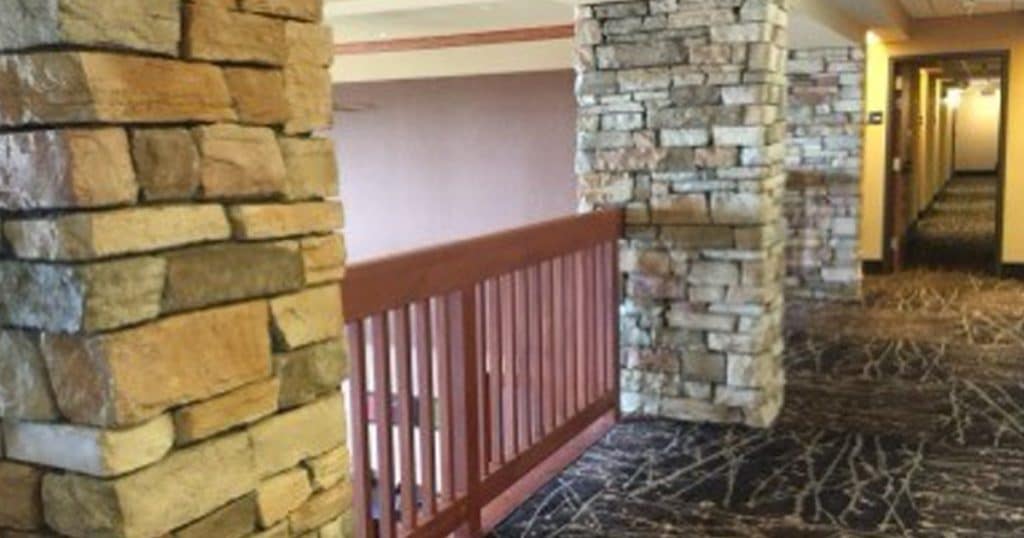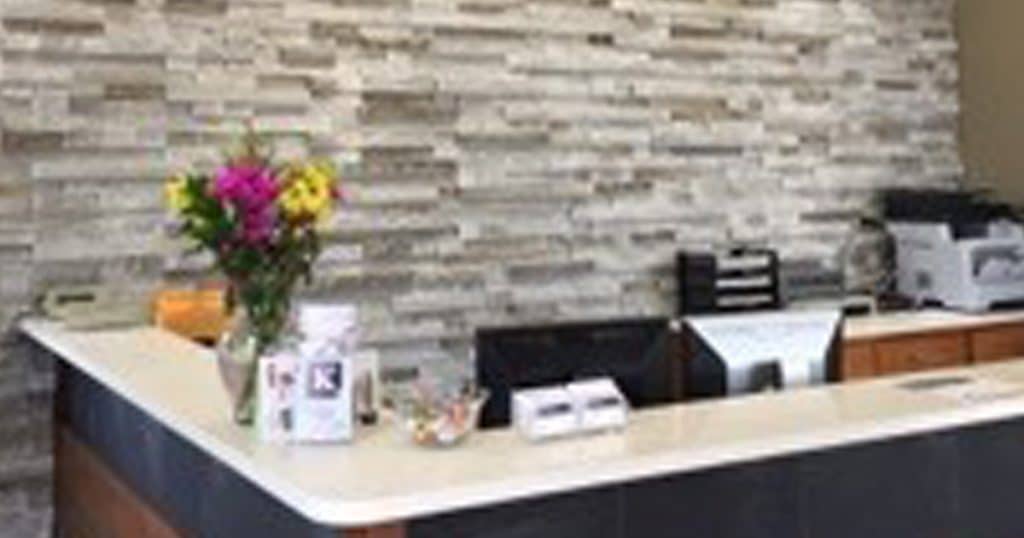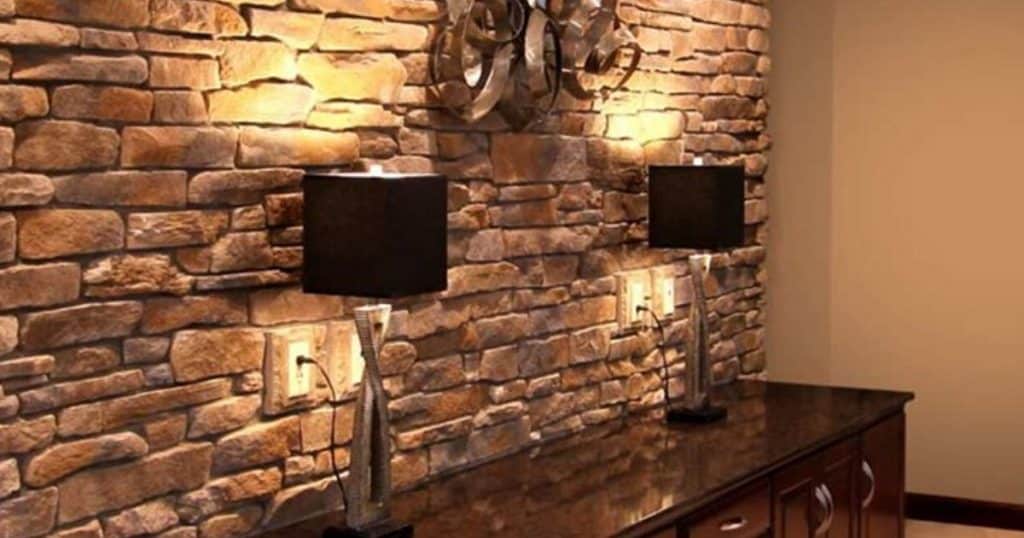
How to Match Natural Stone Veneer Profiles to Your Project
When it comes to designing a building or outdoor space, natural stone veneer is a stunning and durable material choice. Its ability to add texture, color, and timeless elegance makes it a favorite among designers, architects, and homeowners. However, selecting the right stone veneer can be a bit overwhelming. Each profile has unique characteristics that lend themselves to different architectural styles and applications.
Castlestone: Classic Elegance with a Modern Touch
Castlestone offers a classic, refined aesthetic. It features stones that are typically rectangular or square with slightly rough edges, creating a uniform yet rustic look. This profile is commonly used in traditional and contemporary designs alike, offering both rustic appeal and modern clean lines.
Best for:
- Traditional homes or commercial buildings: The elegant yet natural feel of Castlestone complements a variety of traditional and colonial-style structures, as well as modern homes that want to evoke a sense of old-world charm.
- Fireplaces and accent walls: Its well-defined, uniform shape makes Castlestone an ideal choice for accent walls, interior facades, and fireplace surrounds.
- Outdoor living spaces: For patios, outdoor kitchens, and retaining walls, Castlestone can provide a solid, structured feel while blending seamlessly into natural landscapes.
Matching Tips:
The strong, geometric shapes in Castlestone can work well with minimalist or modern designs, adding warmth and texture without overwhelming the space. Castlestone works well with neutral color schemes. For example, pair it with lighter tones like white, beige, or gray for a soft, sophisticated vibe.


Fieldstone: A Rustic, Organic Charm
Fieldstone is known for its irregular shapes and sizes, creating a more natural and rugged look. This stone profile often features stones with natural edges, giving the impression of being hand-picked from the fields or the earth itself. The result is a weathered, earthy aesthetic that feels both timeless and authentic.
Best for:
- Rustic and country-style homes: If you’re aiming for a cottage, farmhouse, or rustic cabin aesthetic, Fieldstone’s irregular, earthy appearance brings a lot of charm and character.
- Garden walls, walkways, and landscapes: Due to its random sizes and shapes, Fieldstone is great for creating natural-looking outdoor elements, such as garden walls, borders, or even low retaining walls.
- Fireplaces and chimneys: This profile adds a touch of ruggedness to indoor features like fireplaces and chimneys, particularly in rustic, lodge-inspired spaces.
Matching Tips:
Since it’s more irregular and textured than other profiles, Fieldstone is best suited for spaces where a natural, hand-crafted look is desired. Pair Fieldstone with warm, earthy tones like browns, tans, and dark greens to complement its organic feel.


Ledgestone: Sleek, Vertical Appeal
Ledgestone features long, rectangular stones stacked in a horizontal, layered fashion. These stones tend to have sharp, clean edges, which makes them visually striking. Ledgestone offers a more refined, vertical appearance and tends to be more linear than other profiles, which makes it a great choice for sleek and modern designs.
Best for:
- Modern and contemporary architecture: Ledgestone’s sleek, vertical stacking is a perfect fit for modern homes and commercial buildings that emphasize clean lines and contemporary aesthetics.
- Feature walls and accent walls: Ledgestone is often used for interior feature walls or exteriors where vertical height is emphasized. It can also work well in tall, vertical spaces like chimneys and columns.
- Landscaping and outdoor spaces: When creating modern outdoor spaces, Ledgestone is an excellent choice for retaining walls, privacy screens, or outdoor living areas that require a high-end, structured look.
Matching Tips:
If you’re looking to create an urban or industrial feel, Ledgestone’s sharp edges and verticality will complement the aesthetic beautifully. Pair Ledgestone with neutral and monochromatic color palettes (grays, whites, blacks) to enhance its modern vibe.


Quarry Ledgestone: A Nod to Industrial Elegance
Quarry Ledgestone has a more rugged, industrial look than regular Ledgestone. The stones often feature more pronounced textures and rougher edges, giving the veneer a sense of being quarried directly from the earth. Its irregular shapes and more pronounced vertical stacking offer a distinctive, high-contrast look.
Best for:
- Industrial and modern urban spaces: Quarry Ledgestone’s rougher texture and irregularity make it perfect for loft-style homes, commercial buildings, and modern spaces that feature an industrial design.
- High-impact feature walls and facades: Whether indoors or outdoors, Quarry Ledgestone creates stunning focal points that demand attention.
- Retail and office spaces: It’s a great option for businesses looking to add a touch of raw elegance to their storefronts or office facades.
Matching Tips:
If you want to soften the appearance, balance the texture with light-colored paint or natural wood elements to create contrast. Pair Quarry Ledgestone with darker tones and metallic elements, such as steel or polished concrete, to enhance the industrial vibe.


Roman Castlestone: Old-World Charm with a Classical Twist
Roman Castlestone offers a sophisticated, classical look with a nod to ancient architecture. The stones tend to be larger and more square, often with weathered, distressed edges to create an antique, yet timeless feel. The combination of scale and texture gives Roman Castlestone a noble and grand appearance.
Best for:
- Classical, Mediterranean, or European-inspired designs: Roman Castlestone works beautifully in spaces that draw inspiration from Old World architecture, such as Mediterranean villas, rustic Italian homes, or grand estates.
- Grand entryways, courtyards, and columns: The larger stone format makes Roman Castlestone ideal for dramatic entrances, feature walls, or even outdoor garden features.
- Luxury interiors and exteriors: If you’re aiming for high-end, classic elegance, Roman Castlestone adds a sense of grandeur without feeling overly ornate.
Matching Tips:
Its large scale makes it suitable for grand applications—use it to create bold focal points in both interior and exterior spaces. Pair Roman Castlestone with rich, luxurious color schemes like deep reds, terracottas, or golds to enhance its classical appeal.


Microledge: Subtle and Modern with Clean Lines
Overview: Microledge stone veneer is a smaller, more refined version of Ledgestone. The stones are thinner and more consistently sized, often stacked in a slightly staggered fashion to create a sleek, modern profile. Microledge offers a clean, linear look with minimal texture, making it one of the most contemporary stone veneer options.
Best for:
- Modern homes and minimalist designs: If you’re going for a clean, contemporary look with a focus on simplicity, Microledge is a perfect choice.
- Small-scale projects or subtle accents: Due to its smaller, more delicate appearance, Microledge is ideal for adding subtle accents to smaller spaces or creating a minimalistic backdrop for other architectural elements.
- Interior accent walls and backsplashes: In kitchens or living areas, Microledge works wonderfully as a backsplash or feature wall to provide texture and depth without overwhelming the space.
Matching Tips:
If you want to add a touch of luxury, combine it with metal accents (e.g., stainless steel) or modern furniture. Pair Microledge with light, neutral colors like whites, grays, and soft blues to enhance its clean, minimalist aesthetic.

Conclusion
Selecting the right stone veneer profile for your project comes down to your design goals, style preferences, and the desired mood of the space. Whether you choose the refined elegance of Castlestone or the rugged charm of Fieldstone, the key is to consider how the texture, color, and profile of the stone will interact with the rest of the design elements in your space. By matching the right profile to your project’s needs, you can create a stunning, timeless look that will stand the test of time.


